What does marine life do during a hurricane?
The underwater ecosystem also faces deadly consequences

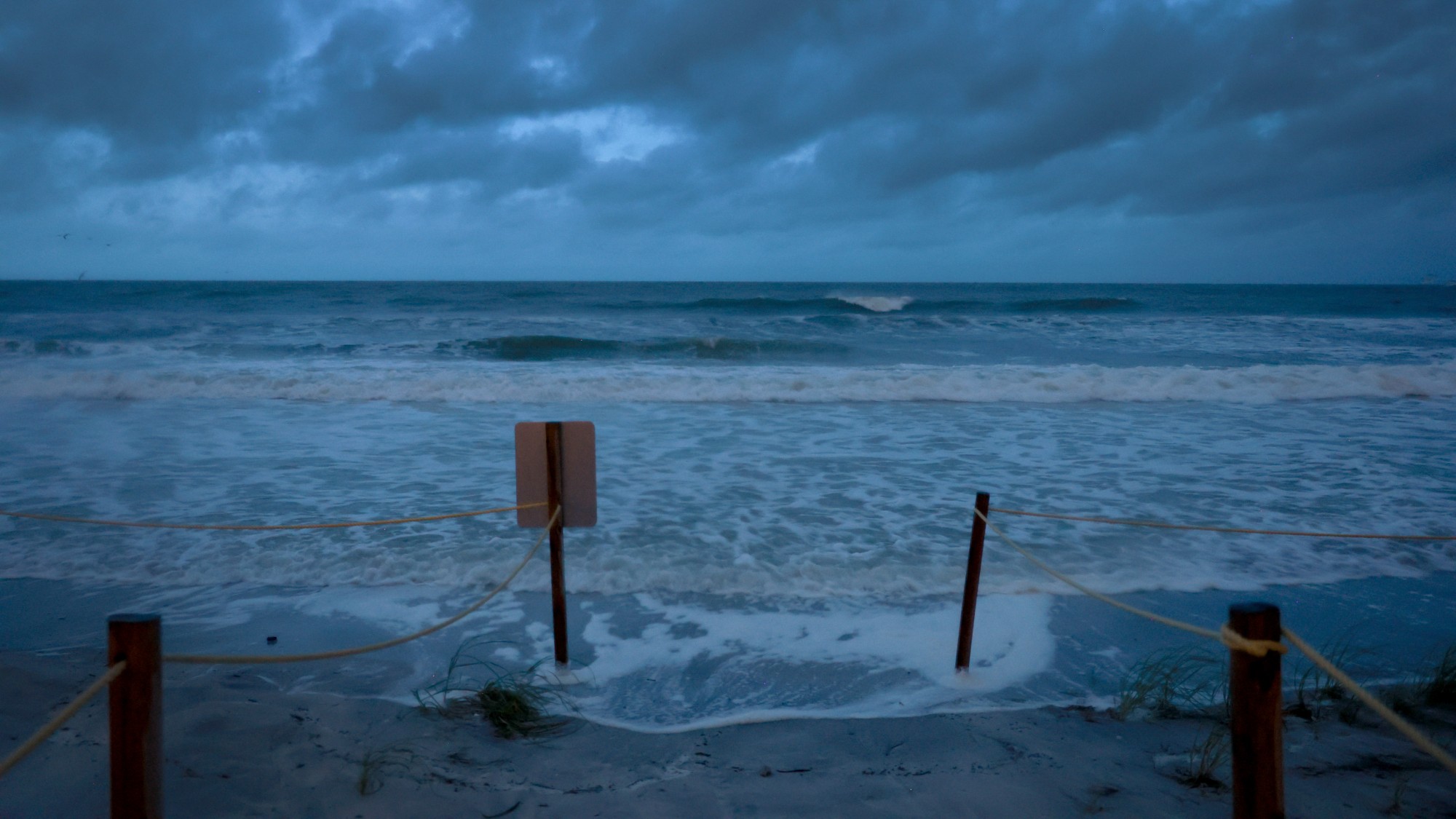
Hurricane Helene left parts of the U.S. South devastated, causing record-high flooding and property destruction. With the one-two punch of Hurricane Milton hitting Florida, many residents evacuated the region. However, while humans can move to higher ground, marine life is stuck in the churning ocean.
What happens to marine life during a hurricane?
Hurricanes can be incredibly damaging to aquatic ecosystems. As a storm "grows larger and more potent, it can generate waves as high as 18.3 meters (60 feet), tossing and mixing warmer surface waters with the colder, saltier water below," said the National Ocean Service. "The resulting currents can extend as far as 91.5 meters (300 feet) below the surface, wreaking deadly havoc on marine life." Slow-moving fish and aquatic animals are the most at risk because of their inability to escape the deadly surges.
Damage can be both directly from the storm and in the aftermath. "Animals that are fixed to the ocean floor, like anemones and sponges, can die by being smothered in sand or hit by tumbling rocks. It's not fun for free-swimming animals, either, who can get caught up in undercurrents and tossed into rocks and other structures," said the Ocean Conservancy. Aside from physically jostling the ecosystem, the large waves "bring up colder waters from the deep— this water has less dissolved oxygen than surface water, causing animals to suffocate and die."
The Week
Escape your echo chamber. Get the facts behind the news, plus analysis from multiple perspectives.

Sign up for The Week's Free Newsletters
From our morning news briefing to a weekly Good News Newsletter, get the best of The Week delivered directly to your inbox.
From our morning news briefing to a weekly Good News Newsletter, get the best of The Week delivered directly to your inbox.
Hurricanes can also bring heavy rains, which bring excessive levels of fresh water into the salty ocean. "Large amounts of freshwater inundating marine ecosystems in a short period of time can alter the salinity of the seawater, resulting in fish die-offs," said the Ocean Conservancy. On top of all that, damage on land can lead to pollution, debris and toxins running off into the ocean, which can also affect the health of marine life.
What protections does aquatic life have?
While some of the effects can be dire, the ocean does have some defense mechanisms in place. Coral reefs are one of those defenses. The reefs "function together as natural seawalls," said Vox, and therefore "help dampen waves and reduce flooding." Also, some coral reefs "rely on waves to break them up and distribute them to new parts of the ocean," said Insider. "Hurricanes can also bring in cooler water and help offset some of the effects of coral bleaching." However, waves that are too strong could cause damage to reefs.
There is also evidence to suggest that many marine mammals and fish can sense a brewing storm and move to deeper waters. "Scientists have hypothesized that lower barometric pressure, temperature changes in the water, and similar cues alert fish that a storm is imminent," said Insider. For example, a 2019 paper published in the journal Scientific Reports found high immigration rates from gray triggerfish during storms compared to when there were none. "Tropical storms are a driving force behind the structure of marine ecosystems, in part by influencing movements of mobile animals," said the paper.
Overall, hurricanes are natural disasters, meaning ecosystems are prepared to handle them. Fish populations tend to bounce back shortly after storms. "Our ecosystems are actually designed every once in a while to kind of get wiped out," Melissa May, an assistant professor of marine biology at Florida Gulf Coast University, said to Insider. The problem is that the ecosystems need time to recover. Climate change is increasing ocean temperatures making storms more probable as well as stronger, which may be more than aquatic life can take.
A free daily email with the biggest news stories of the day – and the best features from TheWeek.com
Devika Rao has worked as a staff writer at The Week since 2022, covering science, the environment, climate and business. She previously worked as a policy associate for a nonprofit organization advocating for environmental action from a business perspective.
-
 Crest falling: Mount Rainier and 4 other mountains are losing height
Crest falling: Mount Rainier and 4 other mountains are losing heightUnder the radar Its peak elevation is approximately 20 feet lower than it once was
-
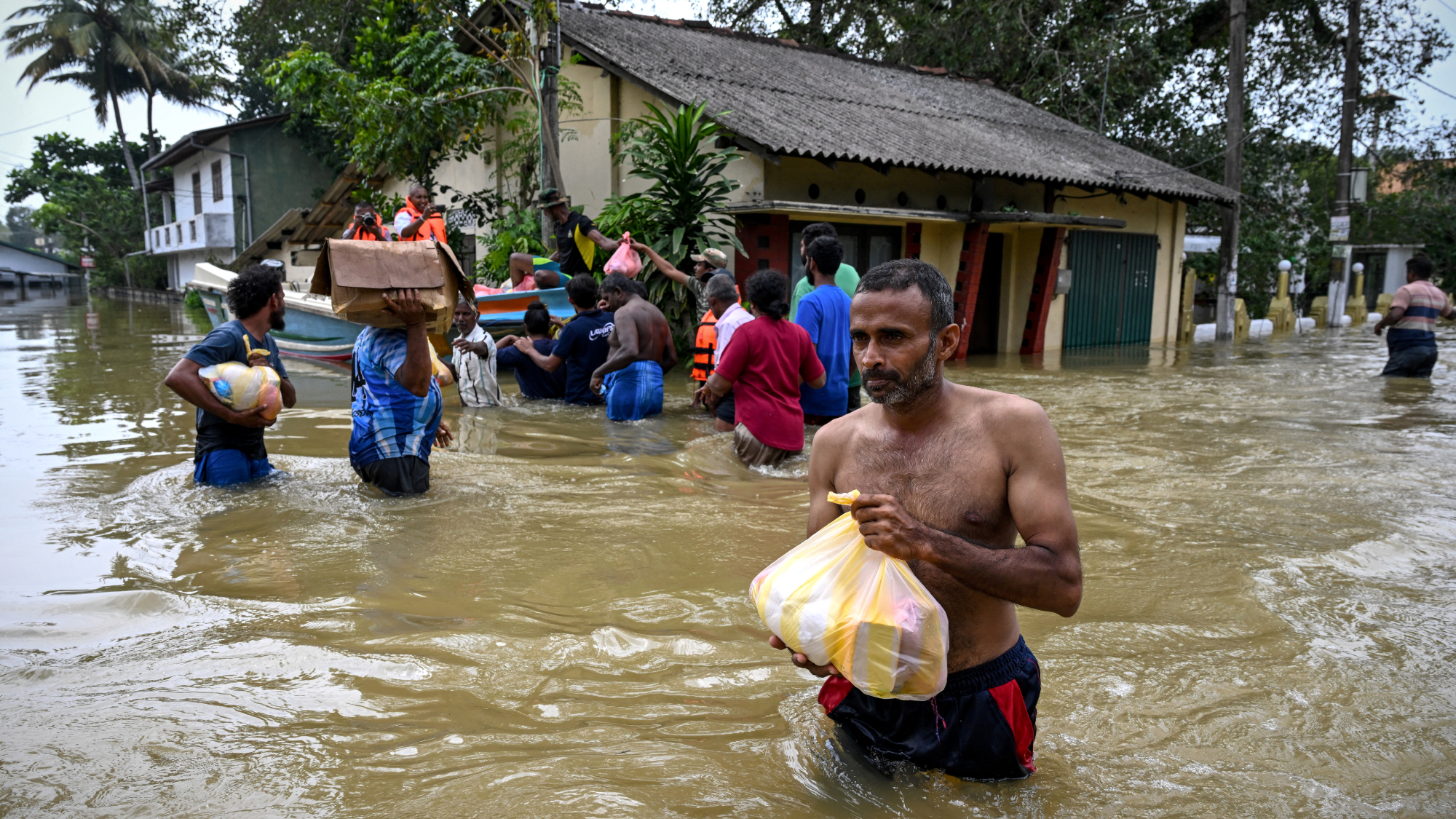 Death toll from Southeast Asia storms tops 1,000
Death toll from Southeast Asia storms tops 1,000speed read Catastrophic floods and landslides have struck Sri Lanka, Indonesia, Thailand and Malaysia
-
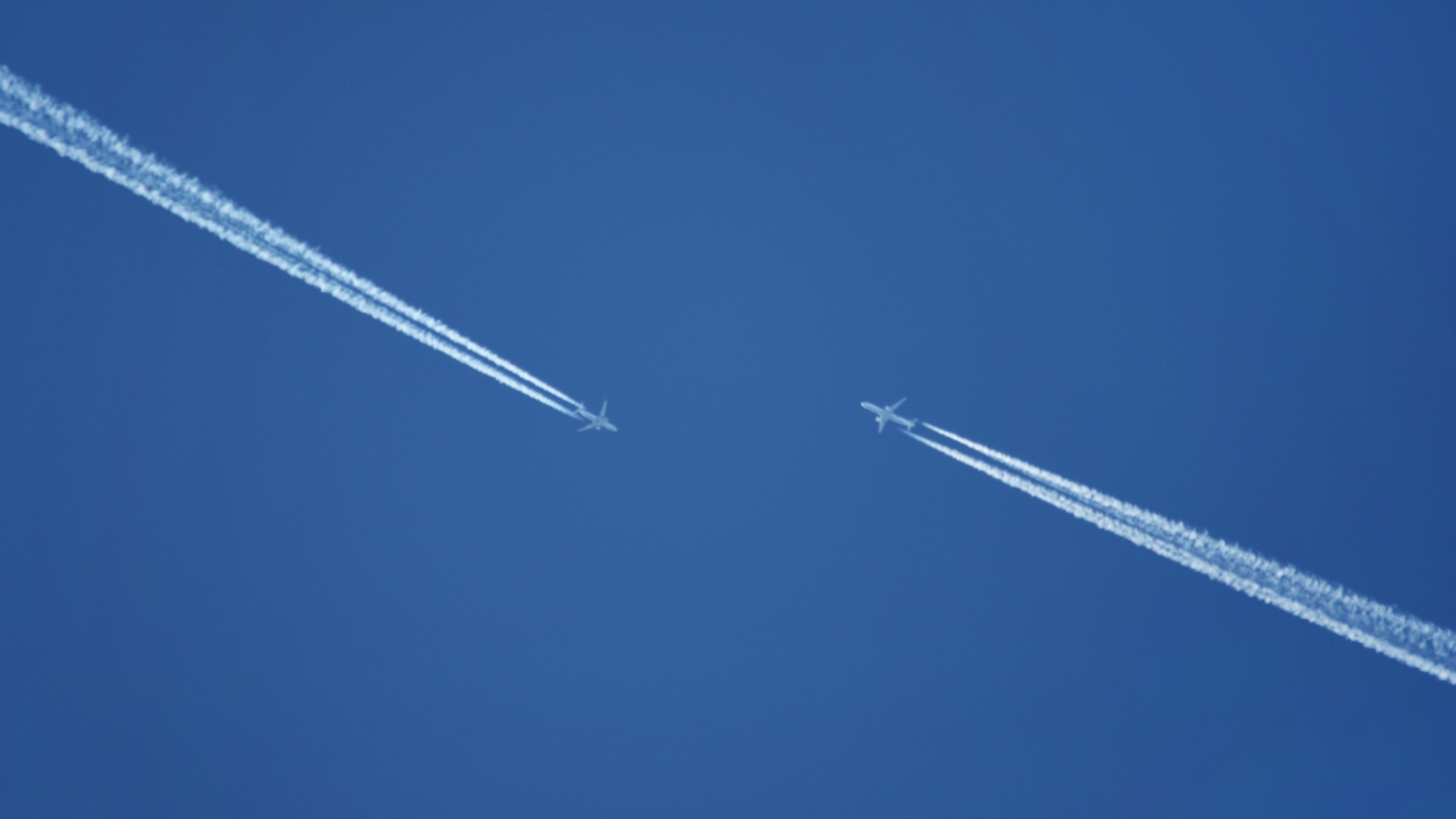 Can for-profit geoengineering put a pause on climate change?
Can for-profit geoengineering put a pause on climate change?In the Spotlight Stardust Solutions wants to dim the sun. Scientists are worried.
-
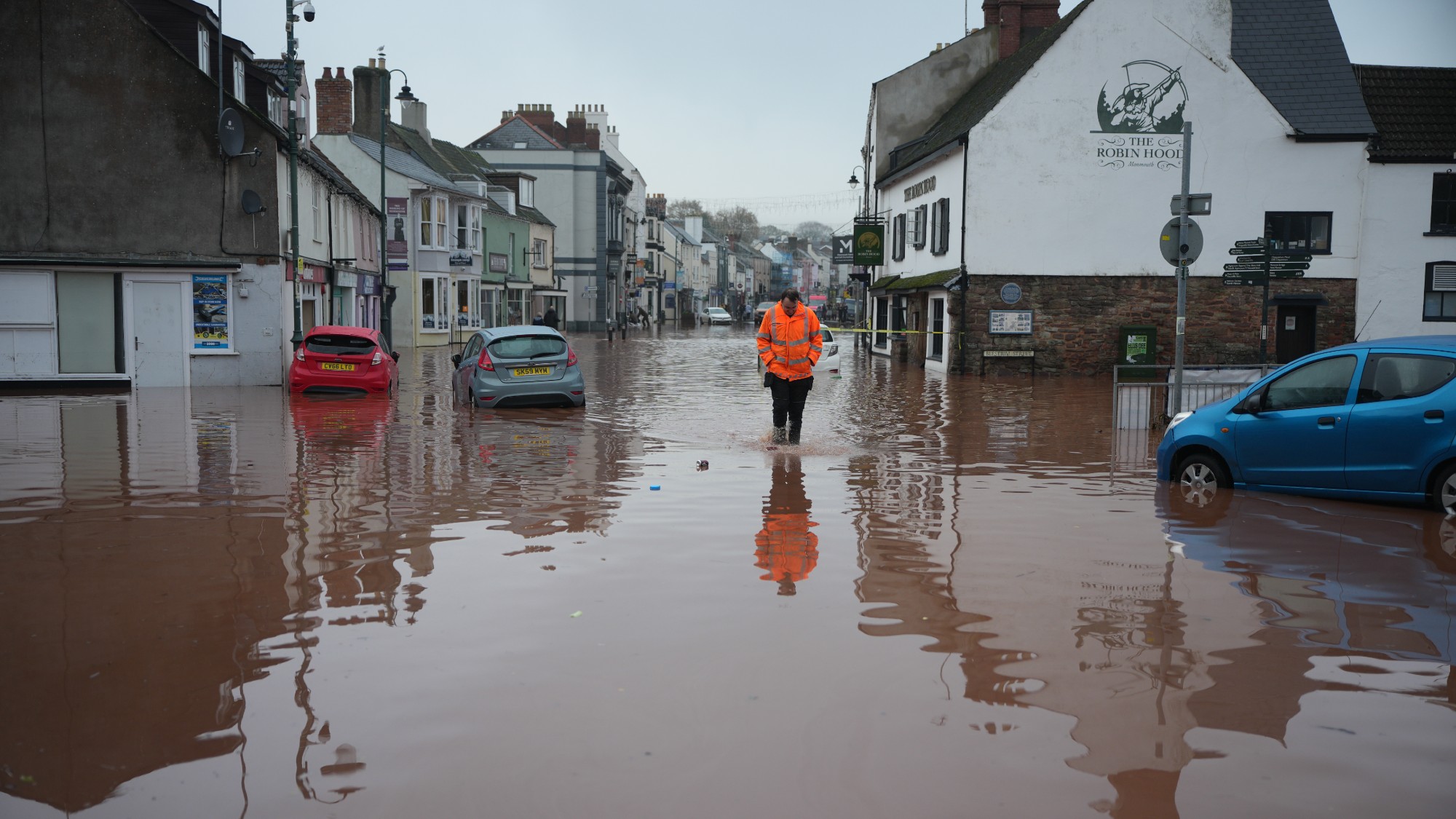 How will climate change affect the UK?
How will climate change affect the UK?The Explainer Met Office projections show the UK getting substantially warmer and wetter – with more extreme weather events
-
 Can the UK do more on climate change?
Can the UK do more on climate change?Today's Big Question Labour has shown leadership in the face of fraying international consensus, but must show the public their green mission is ‘a net benefit, not a net cost’
-
 The UK’s surprising ‘wallaby boom’
The UK’s surprising ‘wallaby boom’Under the Radar The Australian marsupial has ‘colonised’ the Isle of Man and is now making regular appearances on the UK mainland
-
 Did Cop30 fulfil its promise to Indigenous Brazilians?
Did Cop30 fulfil its promise to Indigenous Brazilians?Today’s Big Question Brazilian president approves 10 new protected territories, following ‘unprecedented’ Indigenous presence at conference, both as delegates and protesters
-
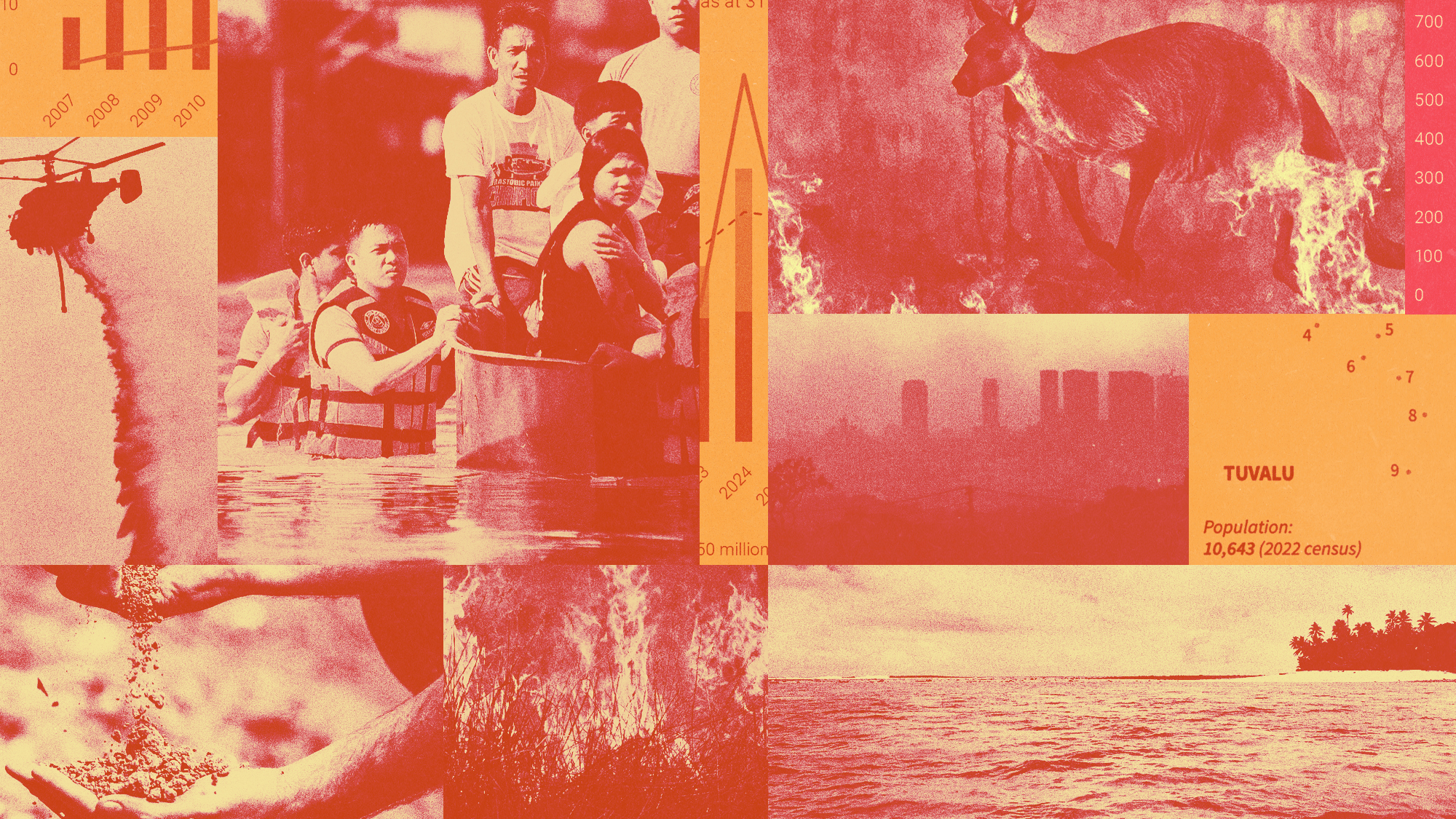 Can the world adapt to climate change?
Can the world adapt to climate change?Today's Big Question As the world gets hotter, COP30 leaders consider resilience efforts


